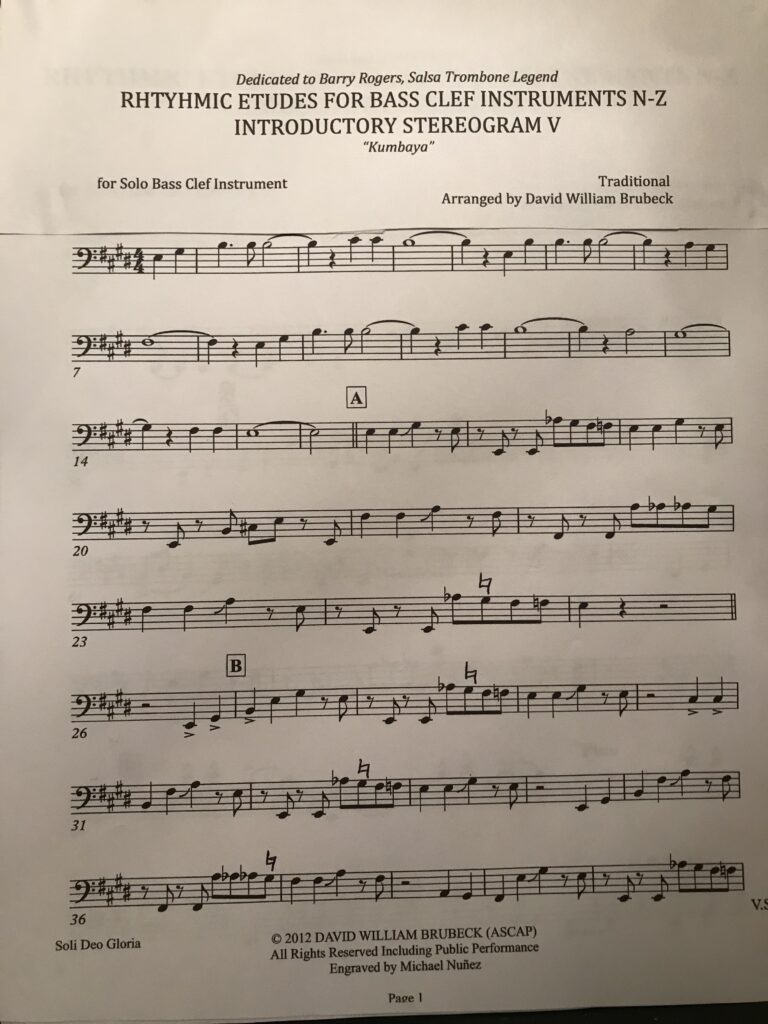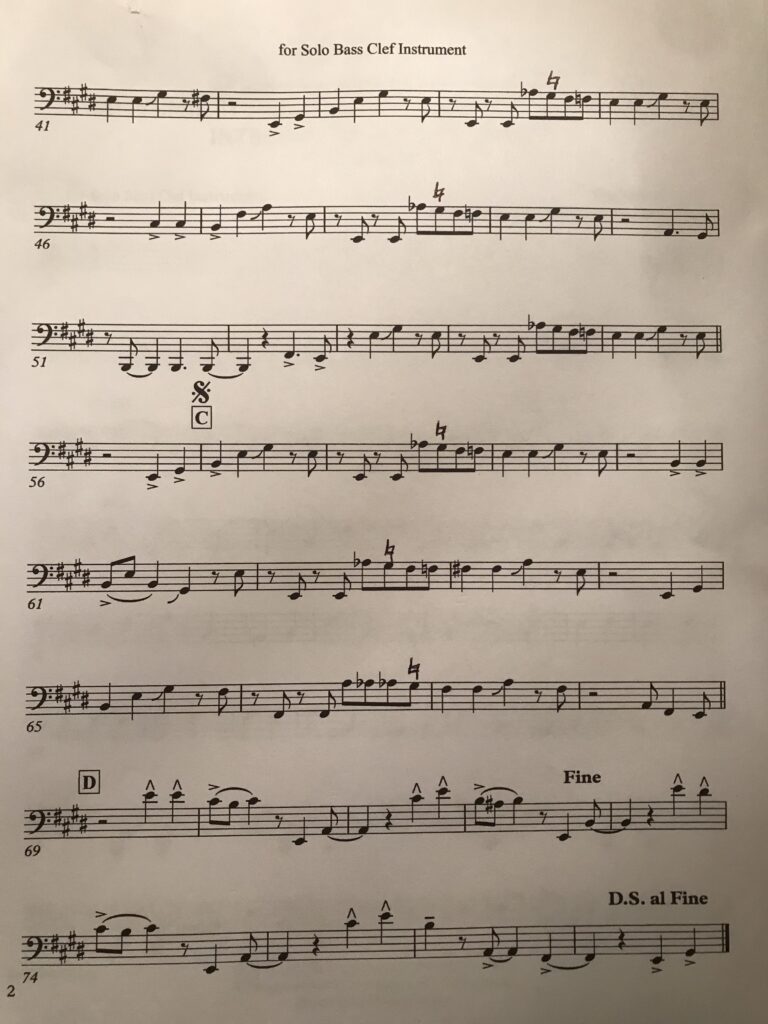The Gig-Target: Part I Stereograms
(Are YOU hitting the center?)

My friend, a trumpet player, just laughed as we discussed my wedding gig on trombone. “You really do not have a clue, do you?”, I seem to remember him saying something to the effect of, “first comes the leader, in your case-the drummer, next he needs a singer and a keyboard player-if you are lucky, one that can play left-hand bass. Then he needs to hire trumpet, saxophone and probably guitar. IF you get called at all, you are going to be the seventh or eighth person called, at best!”
Wow! Was he right. In my mind I imagined a ‘gig-target’ and the concentric red and white alternating circles. The visual image of being the 12th or even the 16th call for a big band, or the 50th call for an orchestra seemed both daunting and dizzying, as now the target began to swirl and my head swim.
The same trumpet player, John, preferred brass quartet of two trumpets and two trombones to a quintet-easier to book (often at better pay), a more matched sound and all four players more likely experienced in jazz-which opened up the repertoire. His book had hundreds of quartets and included faculty from University of Miami and alumni of the Philadelphia and Metropolitan Opera Orchestras. I was at least fourth there, often second, but how to get closer?
The obvious thought was to be first was to be the leader. The best bass trombonist I knew who led a professional big band was Peter Graves. Peter is an excellent musician, fine bass trombonist and was a times the Music Director for Jaco Pastorius’ Word-Of-Mouth Big Band as well as The Atlantean Driftwood Band, Frank Sinatra’s Band when on tour in South Florida and other national acts. Through Peter, I had the privilege of playing for Stevie Wonder, The Four Tops and Steve Lawrence snd Eydie Gourmet.
“If I am not the worst musician on the band stand”, I remember Peter once told me, “I’m not doing my job!”
As a college jazz band director and youth orchestra director, I just was not searching for another director job, but to play my bass trombone. I wanted to #1 or #2 on the gig target.
Once college ends, if you do not choose to seek or win a regular position playing, you might need to create your own ensembles. Any college, school or church that will have you is a good place to start-try to find the best keyboardist possible and balance playing what you love with well-known masterpieces and pieces the keyboardist & audience will enjoy.
But what about being able to walk into a room, like a keyboardist or guitarist, and keep everyone’s attention all by yourself? How long could it be done on a bass trombone, Five minutes? Ten? HOW could you do it? A Bach Suite?
Inspired by Bach’s ‘cello suites, Bobby McFerrin and Duke Ellington, I set about to be able to walk into a room alone, and capture and hold the audience’s attention for 20 minutes. Maybe even a set! Two sets?
I came upon the idea for “Stereograms”, and developed my view that the bass trombone contained a jazz orchestra worth of sounds. Just as a visual stereo gram, or 3-D image contained two images within a single visual presentation, so I hoped that my aural “Stereograms” could weave two, three or even four parts within a single melodic line. Not with classical rhythms alone, but with modern and jazz-infused rhythms.
To date, 30 original Stereograms are published in two separate collections by the International Trombone Association Press. Other originals and more than a dozen arrangements or transcribed solos would follow, offered for free online at yeodoug.com, davidbrubeck.com and in the journals of the British “Trombonist”, as well as the international journals of the Double Reed Society, Trombone Association & Tuba & Euphonium Association.
Suddenly wonderful trombonists from around the globe began tecording them, including:
While all of these advanced Stereograms were NUMBERED, a clamor rose for some Stereograms that were easier. Next, Gordon Cherry with Cherry Classics published more than a dozen, easier, LETTERED Stereograms A-M. And now, several of the less advanced, lettered Stereograms N-Z are available free. Approaching Stereograms often introduces the concept of “voicing” to the young trombonist. This idea, which is common to pianists is all but almost unknown to many trombonists. In voicing, each of the separate voices implied within the single melodic line is imbued with its own characteristics of dynamics, articulation and character.
Please enjoy Stereogram V, dedicated to trombonist and Salsa Legend Barron W. rogenstein AKA Barry Rogers.


c. 2023 David Brubeck. All rights Reserved
